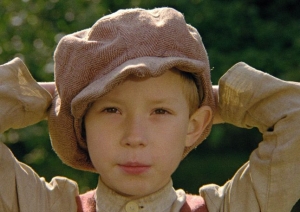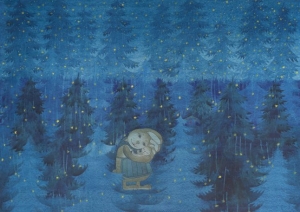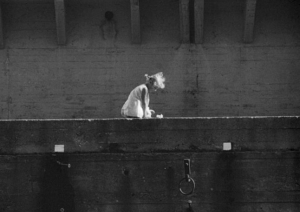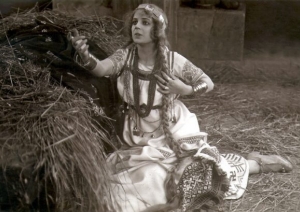Finishing the Patriotic month, November, and celebrating the centenary of the Latvian national cinema on a high note, the National Film Centre (NFC) launches a new section on its portal filmas.lv featuring a selection of restored classic films free of charge for viewing worldwide. It gives an important insight into the fundamental values of the Latvian cinema history.
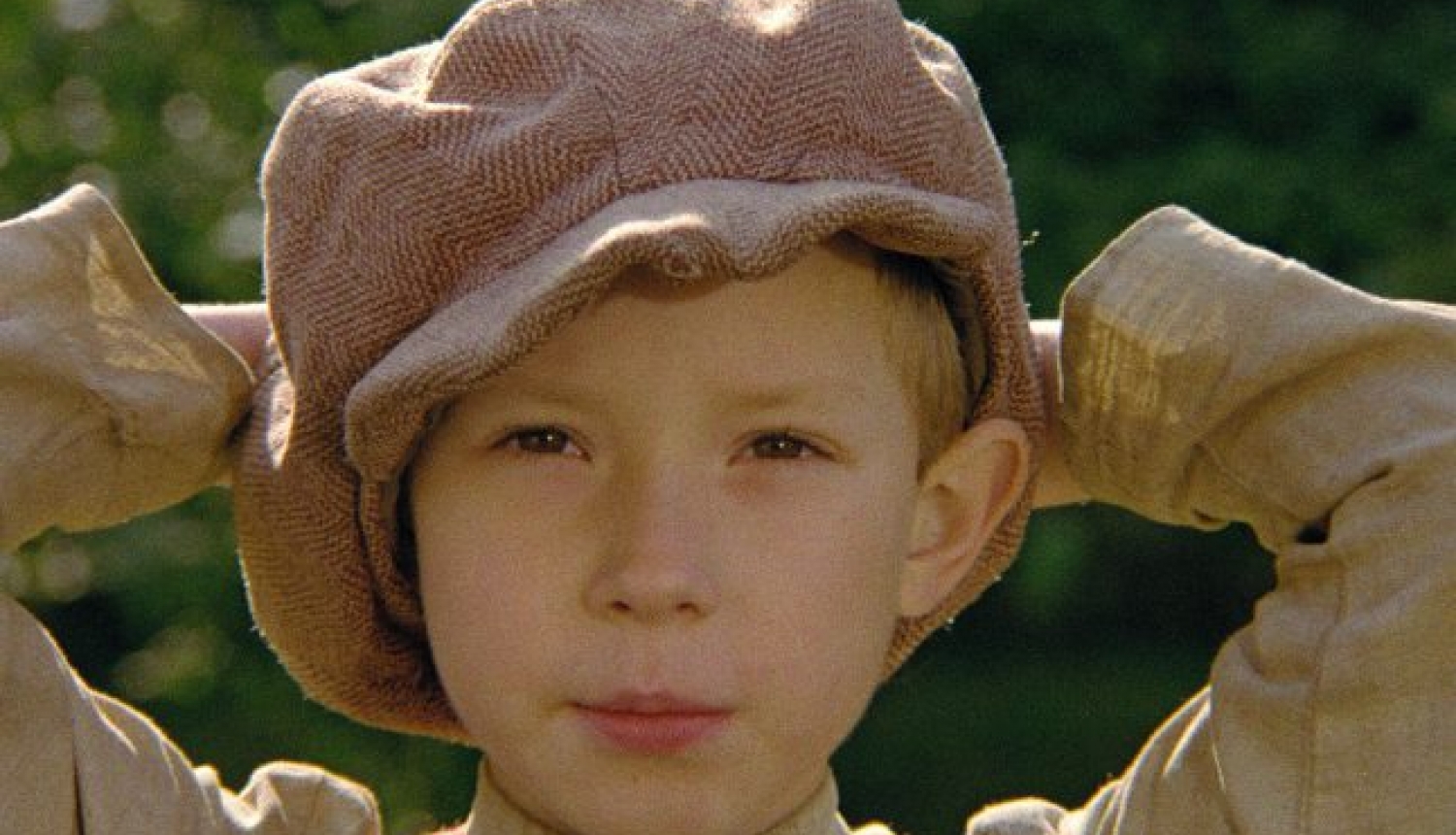
The first selection of the Latvian cinema classics includes 13 feature-length fiction films (1930-1991), three documentaries (1961-1988), and three animation films (1966-1979). All of them have been restored, supplemented with annotations and English subtitles (almost all films are available also in other languages). The selection is supplemented with useful contextual information – articles of film theoreticians on the highlights in the Latvian cinema history (including on fiction films, documentaries and animation separately). The films can be viewed online free of charge worldwide, at any time, wherever there is access to internet, not only on computer but any smartphone or tablet with the latest iOS and Android operating systems. See the section in English: https://www.filmas.lv/en/
Dita Rietuma, PhD, the Head of the NFC, „The portal filmas.lv is a unique platform – it offers both educational materials on the Latvian cinema and a chance to watch films online free of charge. We are genuinely happy to launch the new section of cinema classics, which will allow foreign viewers to get acquainted with a selection of conceptually made newly restored films and will also remind the Latvian viewers about films important to our cinema history. It should be noted that the Latvian cinema classics, once integrated into the Soviet cinema system, is still an undiscovered and unfamiliar territory for many viewers abroad. Therefore, we hope that the selection of classic films on the portal filmas.lv will allow us to get to know and re-evaluate the historically significant works of Latvian cinema and processes of cinema history.”
The history of Latvian cinema is an extremely important part of the cultural heritage, so far unavailable to general public in sufficient quantity and quality, because the works captured on film are technologically outdated and their restoration is a costly process. In Latvia, digital restoration of films began only in 2008, and the legendary feature A Limousine the Colour of Midsummer’s Eve (1981) by Jānis Streičs was chosen as the first restoration project. However, due to insufficient funding, the pace of restoration was slow. Only in 2017, the Latvian cultural heritage organizations were able to start implementing the European Regional Development Fund (ERDF) project, Digitization of Cultural Heritage Content, which also includes an extensive restoration of films (920 minutes of screen time was manually restored in the first round). Within the framework of this project, restoration of films is coordinated by the Latvian State Archive of Audio-visual Documents of the National Archives of Latvia, also a cooperation partner of the NFC in the creation of the selection of the restored films for filmas.lv. But viewing of the films on the portal is technically provided and the section of the classics is programmed by the Culture Information Systems Centre (CISC). Some of the films have been restored by the experts of the Lokomotīve Studio.
Dace Bušante, the Head of the Latvian State Archive of Audio-visual Documents of the National Archives of Latvia, “Film digitization and restoration is a very important and significant process for preserving cinema heritage, as it allows films to be reborn in an up-to-date format and quality, now in digital form and in unlimited space, allowing viewers to experience the joy of reunion or discovery.”
Films, selected for the cinema classics section of the portal filmas.lv, represent significant periods or turning points in the history of Latvian cinema, so that foreign viewers can get an idea of the most important figures in Latvian cinema. The selection of feature films begins chronologically with the silent film Lāčplēsis/Bearslayer (1930, dir. Aleksandrs Rusteiķis), a vivid example of national melodrama and expressionist stylistics; it is included in the Latvian Culture Canon. “Classic cinema” in this selection is represented by Leonīds Leimanis’ temperamental classic screen adaption of The Swamp Wader (1966) and When Rain and Wind Knock at the Window (1967) directed by Aloizs Brenčs, as well as Rolands Kalniņš’ ironic stylization Ceplis (1972), the classic romantic melodrama Lake Sonata (1976, dir. Gunārs Cilinskis and Varis Brasla), the subtext-saturated Soviet-era satire My Frivolous Friend (1975, dir. Jānis Streičs) and the psychological crime drama Redundant (1976, dir. Aloizs Brenčs). The experimental spirit of innovation is represented in the documentary with fiction elements Apple in the River (1974, dir. Aivars Freimanis) and the black-and-white “cinematographers’ film” Motorcycle Summer (1975, dir. Uldis Brauns). The 1960s’ thirst for freedom and context of new wave currents appear in Four White Shirts (1967) by Rolands Kalniņš with songs by Imants Kalniņš, meanwhile, a completely different understanding of freedom in late 1980’s is demonstrated by the most popular and at the same time surreal film by director Arvīds Krievs, Photograph of a Woman and a Wild Boar (1987), where the now world-famous theatre director Alvis Hermanis makes his debut as a sensitive film actor. Director Jānis Streičs is currently the most widely and diversely represented director in the selection of Latvian film classics – the list also includes his post-war drama, the screen adaption of the Lithuanian literary classics Strange Passions (1983), and a dedication to his native Latgale, Child of Man (1991).
Three important milestones mark the documentary film selection. All three films are also included in the Latvian Culture Canon: the very first example of the Latvian school of poetic documentary filmmaking White Bells (1961, dir. Ivars Kraulītis), the brilliant short film by Herz Frank, Ten Minutes Older (1978), and the essence of the method of work by director and cameraman Ivars Seleckis, the internationally acclaimed Awakening-era documentary Crossroad Street (1988).
The top three animation films reflect the two parallel directions in Latvian animation that have developed almost simultaneously from the very beginning – the two-dimensional cut-out animation and the three-dimensional puppet animation. The selection includes officially the first Latvian animated film Cock-a-doodle-doo! (1966) and Little Hawk (1978) by Arnolds Burovs, chosen for the Latvian Culture Canon, and probably the most popular film by Roze Stiebra, Little Rabbits’ Bath (1979).
Within the new section, Inga Pērkone, PhD, gives a concise overview of the key stages in the development of Latvian cinema during its 100-year history. Ieva Viese (animation), Zane Balčus (documentaries) and Kristīne Matīsa (fiction) outline the essential milestones of certain types of films.
The film collection will be supplemented over time, in step with restoration process.
The portal www.filmas.lv is also the largest database of the Latvian film industry; it provides catalogue information on more than 2,600 films made in Latvia since 1920. The portal was created following the initiative of the Ministry of Culture with the support of the European Union and is developed in a cooperation between the National Film Centre and the Culture Information Systems Centre ensuring the technical operation of the portal.
Publicity stills: https://failiem.lv/u/vrhfc87dg
Additional information:
Kristīne Matīsa
Senior Officer
The National Film Centre
+371 2612 9954
kristine.matisa@nkc.gov.lv



